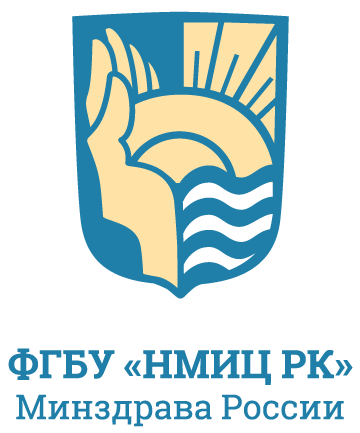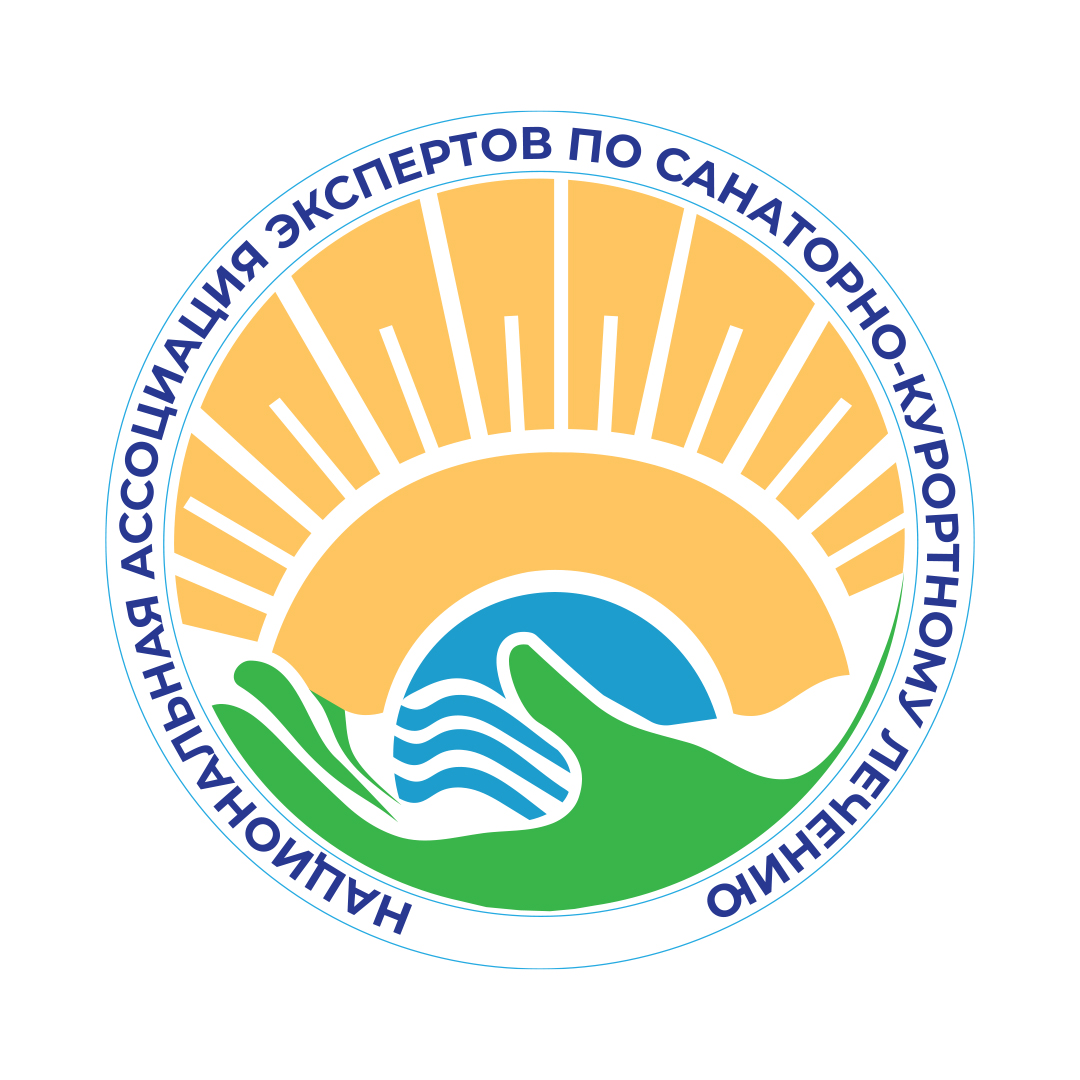Выпуск 3-21, 2022
Оригинальная статья
Использование усиленной наружной контрпульсации при комплексной медицинской реабилитации стабильных форм ишемической болезни сердца у пациентов, постоянно проживающих в условиях влажных субтропиков
1 ![]() Шмалий А.В., 2
Шмалий А.В., 2 ![]() Чернышёв А.В., 1
Чернышёв А.В., 1 ![]() Хечумян А.Ф., 2
Хечумян А.Ф., 2 ![]() Быков А.Т., 1,2
Быков А.Т., 1,2 ![]() Ходасевич Л.С.
Ходасевич Л.С.
1 Научно-исследовательский центр курортологии и реабилитации – филиал ФГБУ «Федеральный научно-клинический центр медицинской реабилитации и курортологии» Федерального медико-биологического агентства, Сочи, Россия
2 Кубанский государственный медицинский университет Минздрава России, Краснодар, Россия
РЕЗЮМЕ
Усиленная наружная контрпульсация (УНКП) заняла достойное место среди других методов в комплексном лечении и реаби-литации пациентов с кардиоваскулярной патологией. Применение её в амбулаторной и санаторно-курортной клиническойпрактике существенно расширяет перспективу лечения и улучшения прогноза у широкого круга больных с мультифокальныматеросклерозом.Цель. Изучение влияния метода УНКП при комплексной медицинской реабилитации стабильных форм ишемической болезнисердца (ИБС) у пациентов, постоянно проживающих в городе-курорте Сочи.Материал и методы. В исследование были включены 60 пациентов с ишемической болезнью сердца (ФК II – 23, ФК III – 29,ФК IV – 8), проживающих в условиях города-курорта Сочи. Была проведена рандомизация больных случайным методом нагруппы вмешательства и контроля, в которых значимых различий между клиническими и антропометрическими показателямине наблюдалось. Все они получали базисную медикаментозную терапию, комплекс климатотерапевтического немедикаментоз-ного воздействия и посещали «Коронарный клуб» – школу общественного здоровья для больных с ИБС. Для каждого пациентагруппы вмешательства в амбулаторном режиме дополнительно проводили курсы УНКП в виде 35 одночасовых сеансов еже-дневно 5 дней в неделю, полный курс – в течение 7 недель. Пациентам обеих групп исходно и после окончания курса реаби-литации были проведены: электрокардиография (ЭКГ), бифункциональное суточное мониторирование ЭКГ и артериальногодавления, допплерэхокардиография, ультразвуковое дуплексное сканирование брахицефальных сосудов и сосудов нижнихконечностей, нагрузочная проба на велоэргометре, тест с шестиминутной ходьбой, а также определение уровня физическойактивности с помощью опросника IPAQ и психодиагностическое тестирование.Результаты и обсуждение. При сравнении полученных данных у пациентов группы вмешательства выявили достоверноеуменьшение приступов стенокардии и количества применяемого нитроглицерина, стабилизацию параметров центральнойгемодинамики, повышение толерантности к физической нагрузке, улучшение субъективных показателей «качества жизни».Заключение. Полученные данные подтверждают накопленный в мировой медицинской практике опыт эффективного клини-ческого воздействия метода УНКП в лечении больных с хроническими коронарными синдромами при амбулаторном лечении,в том числе в условиях влажного субтропического климата. Поэтому включение его в программы комплексной санаторно-ку-рортной реабилитации больных со стабильными формами ИБС является оправданным и перспективным.
КЛЮЧЕВЫЕ СЛОВА: усиленная наружная контрпульсация, ишемическая болезнь сердца, влажные субтропики, медицинская реабилитация
ДЛЯ ЦИТИРОВАНИЯ: Shmaliy A.V., Chernyshev A.V., Khechumyan A.F., Bykov A.T., Khodasevich L.S. The Use of Enhanced External Counterpulsation in Complex Medical Rehabilitation of Stable Coronary Heart Disease in Patients Permanently Residing in Humid Subtropics. Bulletin of Rehabilitation Medicine. 2022; 21 (3): 96-107. https://doi.org/10.38025/2078-1962-2022-21-3-96-107
Список литературы:
- Вершинин А.А., Колесникова Е.А., Беляева И.А., Мартынов М.Ю., Гусев Е.И., Мелентьев А.С. Возможности количественной оценки функциональных резервов-сердечно-сосудистой системы в профилактической и реабилитационной медицине. Доктор РУ. Неврология и психиатрия. 2014; 6(94): 10-14.
- Владимирский В.Е, Владимирский Е.В, Лунина А.Н., Фесюн А.Д., Рачин А.П., Лебедева О.Д., Яковлев М.Ю. Значение физических нагрузок в реабилитации больных сердечно-сосудистыми заболеваниями. Вестник восстановительной медицины. 2021; (3): 16-25. https://doi.org/10.38025/2078-1962-2021-20-3-16-25
- Saunders D.H., Sanderson M., Hayes S., Johnson L., Kramer S., Carter D.D., Jarvis H., Brazzelli M., Mead G.E. et al. Physical fitness training for stroke patients. Cochrane Database of Systematic Reviews. 2020; 3(3). https://doi.org/10.1002/14651858.CD003316.pub7
- Barry A.F., Thompson P.D., Al-Zaiti S.S., M.А. Christine, Hivert M., Levine B.D. Exercise-related acute cardiovascular events and potential deleterious adaptations following long-term exercise training: placing the risks into perspective – an update: A Scientific Statement from the American Heart Association. Circulation. 2020; 141(13): 705-736. https://doi.org/10.1161/CIR.0000000000000749
- Myers J., Kokkinos P., Narayan P. Physical Activity, Cardiorespiratory Fitness, and the Metabolic Syndrome. Nutrients. 2019; 11(7): 1652 p. https://doi.org/10.3390/nu11071652
- Hornnes N., Larsen K., Boysen G. Little change of modifiable risk factors 1 year after stroke: a pilot study. International Journal of Stroke. 2010; (5): 157-162.
- Billinger S., Arena R., Bernhardt J. et al. Physical Activity and Exercise Recommendations for Stroke Survivors A Statement for Healthcare Professionals from the American Heart Association/American Stroke Association. Stroke. 2014; 45(8): 2532-53. https://doi.org/10.1161/STR.0000000000000022
- Boyne P., Welge J., Kissela B., Dunning K. Factors influencing the efficacy of aerobic exercise for improving fitness and walking capacity after stroke: a meta-analysis with metaregression. Archives of Physical Medicine and Rehabilitation. 2017; 98(3): 581-95. https://doi.org/10.1016/j.apmr.2016.08.484
- Blokland I.J., Jmker T., Houdijk H. Aerobic capacity and load of activities of daily living after stroke. Handbook of Human Motion. Springer. 2017; 2(3): 863-884.
- Macko R.F., Smith G.V., Dobrovolny C.L., Sorkin J.D., Goldberg A.P., Silver K.H. Treadmill training improves fitness reserve in chronic stroke patients. Archives of Physical Medicine and Rehabilitation. 2001; 82(7): 879-84. https://doi.org/10.1053/apmr.2001.23853
- Beyaert С., Vasa R., Frykberg G.E. Gait post-stroke: Pathophysiology andrehabilitation strategies. Neurophysiologie. Clinical Neurophysiology. 2015; 45(4-5): 335-355. https://doi.org/10.1016/j.neucli.2015.09.005
- Lavie C.J., Lee D., Ortega F.B. UK Biobank Contributes to Aerobic and Muscle Fitness Research. Mayo Clinic Proceedings. 2020; 95(5): 840-842. https://doi.org/10.1016/j.mayocp.2020.03.019
- Anderson L., Oldridge N., Thompson D.R., Zwisler A.D., Rees K., Martin N., et al. Exercise-based cardiac rehabilitation for coronary heart disease: Cochrane systematic review and meta-analysis. Journal of the American College of Cardiology. 2016; 67(1): 1-12. https://doi.org/10.1016/j.jacc.2015.10.044
- Morris J., Oliver T., Kroll T., Macgillivray S. The importance of psychological and social factors in influencing the uptake and maintenance of physical activity after stroke: a structured review of the empirical literature. Stroke Research and Treatment. 2012; (2012): 195249 p. https://doi.org/10.1155/2012/195249
- Lennon O., Carey A., GaMney N., Stephenson J., Blake C. A pilot randomized controlled trial to evaluate the benefit of the cardiac rehabilitation paradigm for the non-acute ischaemic stroke population. Clinical Rehabilitation. 2008; 22(2): 125-33. https://doi.org/10.1177/0269215507081580
- Graven C., Brock K., Hill K., Joubert L. Are rehabilitation and/or care coordination interventions delivered in the community effective in reducing depression, facilitating participation and improving quality of life after stroke? Disability and Rehabilitation. 2011; 33(17-18): 1501-20. https://doi.org/10.3109/09638288.2010.542874
- Pang M.Y., Eng J.J., Dawson A.S., McKay H.A., Harris J.E. A community-based fitness and mobility exercise program for older adults with chronic stroke: a randomized, controlled trial. Journal of the American Geriatrics Society. 2005; (53): 1667-1674. https://doi.org/10.1111/j.1532-5415.2005.53521.x
- Shephard R.J. Maximal oxygen intake and independence in old age. British Journal of Sports Medicine. 2009; (43): 342-346. https://doi.org/10.1136/bjsm.2007.044800
- Jarvis H.L., Brown S.J., Price M. et el. Return to Employment After Stroke in Young Adults. How Important Is the Speed and Energy Cost of Walking? Stroke. 2019; 50(11): 3198-3204. https://doi.org/10.1161/STROKEAHA.119.025614
- Vanhees L., De Sutter J., Geladas N., Doyle F., Prescott E. Importance of characteristics and modalities of physical activity and exercise in defining the benefits to cardiovascular health within the general population: recommendations from the EACPR (Part I). European Journal of Preventive Cardiology. 2012; 19(4): 670-686. https://doi.org/10.1177/2047487312437059
- Winstein C.J., Stein J., Arena R. et el. Guidelines for Adult Stroke Rehabilitation and Recovery: a guideline for healthcare professionals from the American Heart Association/American Stroke Association. Stroke. 2016; 47(6): 98-169. https://doi.org/10.1161/STR.0000000000000098
- Mezzania A., Agostonib P., Cohen-Solald A. Standards for the use of cardiopulmonary exercise testing for the functional evaluation of cardiac patients: a report from the Exercise Physiology Section of the European Association for Cardiovascular Prevention and Rehabilitation. European Journal of Cardiovascular Prevention and Rehabilitation. 2009; 16(3): 249-265. https://doi.org/10.1097/HJR.0b013e32832914c8
- Balady G.J., Arena R., Sietsem K. et al. Clinician’s Guide to Cardiopulmonary Exercise Testing in Adults. A Scientific Statement from the American Heart Association. Circulation. 2010; (122): 191-225. https://doi.org/10.1161/CIR.0b013e3181e52e69
- Pandey A., Patel M.R., Willis B., Gao A. et al. Association between midlife cardiorespiratory fitness and risk of stroke: the Cooper Center Longitudinal Study. Stroke. 2016; 47(7):1720-6. https://doi.org/10.1161/STROKEAHA.115.011532
- Veerbeek J.M., Koolstra M., Ket J.C., van Wegen E.E., Kwakkel G. Effects of augmented exercise therapy on outcome of gait and gait-related activities in the first 6 months after stroke: a meta-analysis. Stroke. 2011; (42): 3311-3315. https://doi.org/10.1161/STROKEAHA.111.623819
- Austin M.W., Ploughman M, Glynn L, Corbet D. Aerobic Exercise Effects on Neuroprotection and Brain Repair Following Stroke: A Systematic Review and Perspective. Neuroscience Research. 2014; (87): 8-15. https://doi.org/10.1016/j.neures.2014.06.007
- Constans A., Pinbarre C., Temprado J., Decherchi P., Laurin J. Influence of Aerobic Training and Combinations of Interventions on Cognition and Neuroplasticity after Stroke. Frontiers in Aging Neuroscience. 2016; 30(8): 164 p. https://doi.org/10.3389/fnagi.2016.00164
- Pollock A., Baer G., Campbell P., Choo P.L., Forster A. et al. Physical rehabilitation approaches for the recovery of function and mobility following stroke. Cochrane Database of Systematic Reviews. 2014; (4). https://doi.org/10.1002/14651858.CD001920.pub3
- Ivey F.M., Ryan A.S., Hafer-Macko C.E., Macko R.F. Improved cerebral vasomotor reactivity after exercise training in hemiparetic stroke survivors. Stroke. 2011; 42(7): 1994-2000. https://doi.org/10.1161/STROKEAHA.110.607879

Контент доступен под лицензией Creative Commons Attribution 4.0 License.
©
Эта статья открытого доступа по лицензии CC BY 4.0. Издательство: ФГБУ «НМИЦ РК» Минздрава России.




